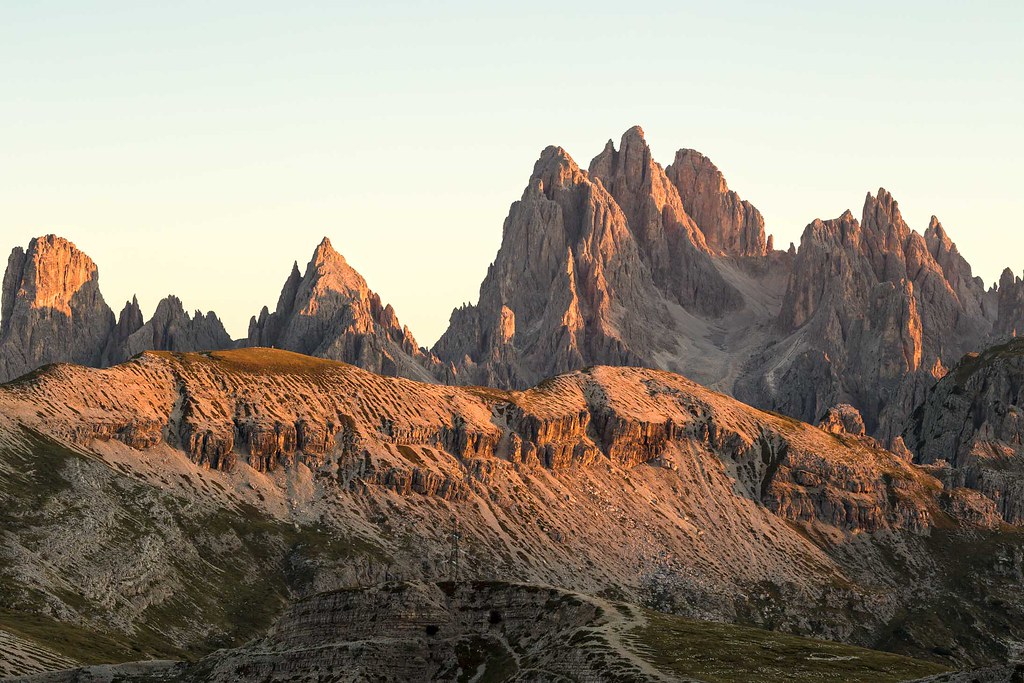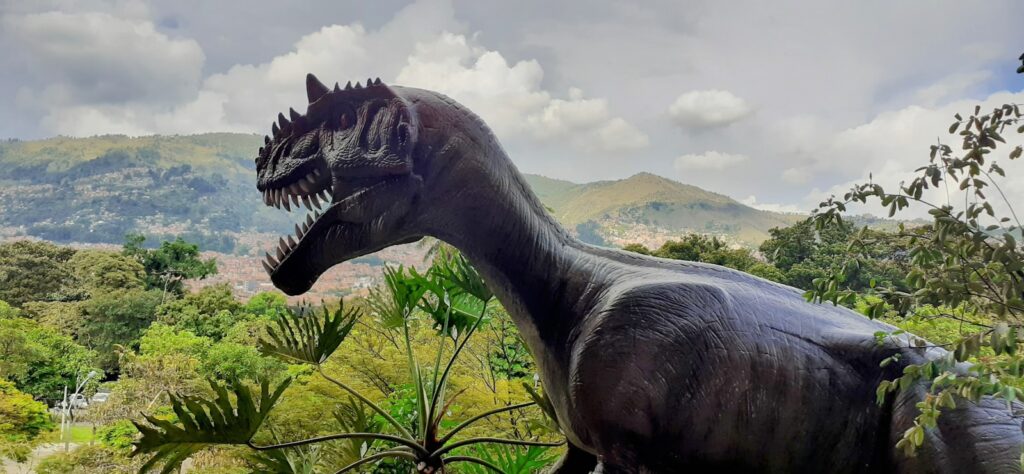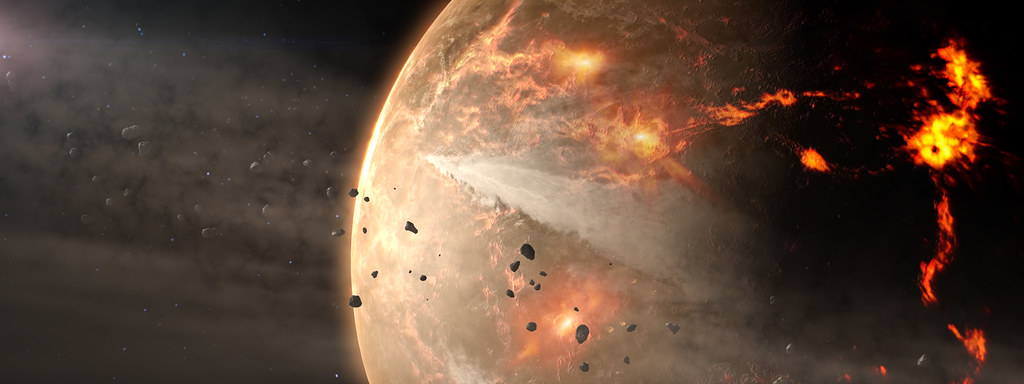Imagine holding a fossil in your hands that’s older than the dinosaurs – older than trees, older than eyes, older than bones themselves. What stories would it tell? Our planet has been keeping secrets for billions of years, and scientists have become master detectives, piecing together clues from deep time that would make any mystery novel pale in comparison. Every rock layer, every fossilized leaf, every trace of ancient chemistry holds fragments of Earth’s incredible biography. These aren’t just academic curiosities – they’re the keys to understanding how we got here and where we might be heading.
Stromatolites: Living Rocks That Changed Everything
In the shallow waters of Western Australia, strange dome-shaped structures rise from the seafloor like ancient monuments. These aren’t just rocks – they’re stromatolites, and they represent some of the oldest evidence of life on Earth. Created by cyanobacteria over 3.5 billion years ago, these layered formations tell the story of Earth’s first major environmental revolution.
What makes stromatolites so revolutionary isn’t just their age, but what they accomplished. These humble bacterial mats were the first organisms to master photosynthesis, pumping oxygen into an atmosphere that had never known it before. Think of them as Earth’s first environmental engineers, terraforming the planet for everything that would follow.
The oxygen they produced was initially toxic to most life forms, causing what scientists call the Great Oxidation Event – essentially the planet’s first mass extinction. Yet this catastrophe paved the way for complex life. Every breath you take traces back to these ancient microbial communities that fundamentally altered our world’s chemistry.
Banded Iron Formations: The Rust That Tells Time
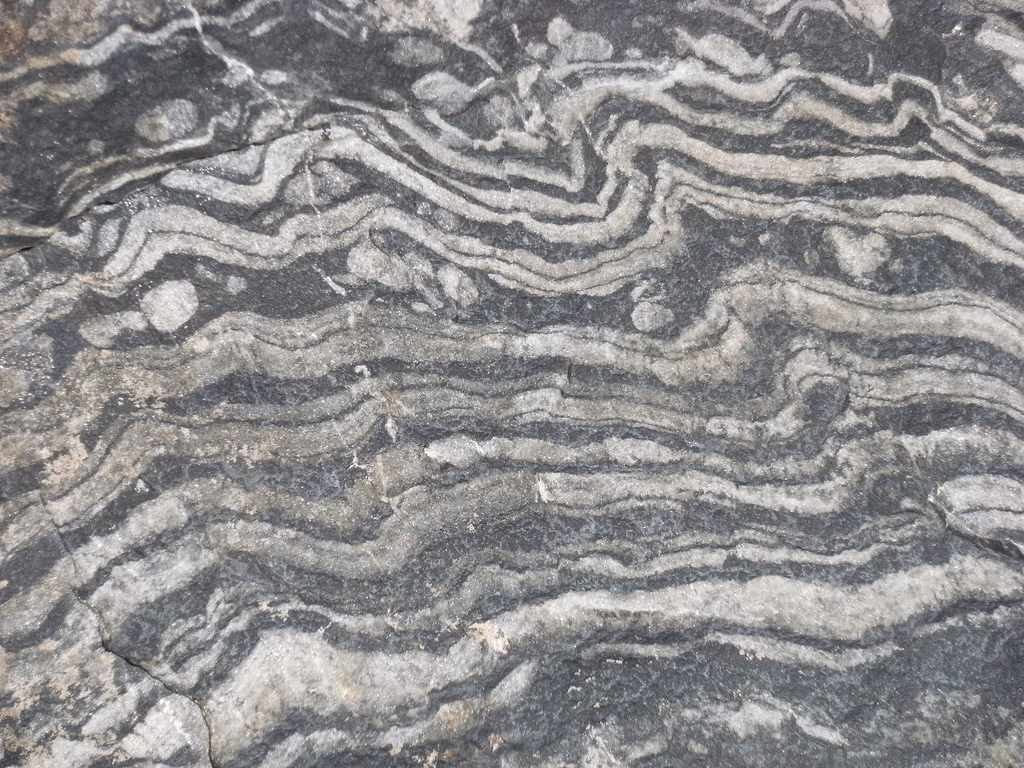
Deep in Minnesota’s iron mines, workers extract layers of rock that look like they’ve been painted with alternating stripes of red and black. These banded iron formations aren’t just pretty patterns – they’re a timeline of Earth’s atmospheric evolution, written in rust and preserved for billions of years.
These formations only occurred during a specific window in Earth’s history when the oceans contained dissolved iron and oxygen levels were just right. As photosynthetic organisms began producing oxygen, they reacted with iron in the water, creating these distinctive bands that settled on the ocean floor. Each layer represents seasonal or cyclical changes in oxygen production.
The sudden disappearance of these formations around 1.8 billion years ago marks a crucial turning point when free oxygen became abundant enough to prevent iron from remaining dissolved in seawater. It’s like finding a fossilized breath of the early atmosphere, showing us exactly when our planet learned to breathe.
Snowball Earth: When Our Planet Became a Frozen Wasteland
Picture Earth as a giant snowball, frozen solid from pole to pole with ice sheets extending to the equator. This isn’t science fiction – it happened, multiple times, and the evidence is written in rocks around the world. Glacial deposits found in what are now tropical regions tell the story of Earth’s most extreme climate episodes.
These Snowball Earth events occurred roughly 750 to 580 million years ago when runaway ice formation created a feedback loop that nearly turned our planet into a permanent icebox. The white ice reflected sunlight bo space, cooling the planet further and creating more ice. For millions of years, Earth resembled Jupiter’s moon Europa more than the vibrant world we know today.
What makes this discovery even more remarkable is that complex life emerged shortly after these global ice ages ended. Some scientists believe the extreme conditions may have accelerated evolution, creating evolutionary pressure that led to the first multicellular organisms. It’s a reminder that sometimes the most challenging conditions can spark the greatest innovations.
The Cambrian Explosion: Life’s Greatest Creative Burst
About 540 million years ago, something extraordinary happened in Earth’s oceans. In what geologists call the Cambrian Explosion, life suddenly burst into an incredible diversity of forms, many so bizarre they seem like creatures from an alien world. The Burgess Shale in Canada preserves this moment in exquisite detail, showing us animals with five eyes, grasping arms, and body plans unlike anything alive today.
This wasn’t a gradual process – it happened with stunning speed in geological terms, over just a few million years. Suddenly, animals developed hard shells, compound eyes, jointed legs, and predatory behaviors. The evolutionary arms race had begun, and the ocean became a battlefield of innovation where only the most adaptable survived.
What triggered this explosion remains one of paleontology’s greatest mysteries. Rising oxygen levels, changing ocean chemistry, genetic innovations, or perhaps a combination of factors created the perfect conditions for life to experiment with new forms. The Cambrian Explosion reminds us that evolution isn’t always gradual – sometimes it happens in revolutionary bursts that reshape the entire planet.
Mass Extinctions: Earth’s Reset Buttons
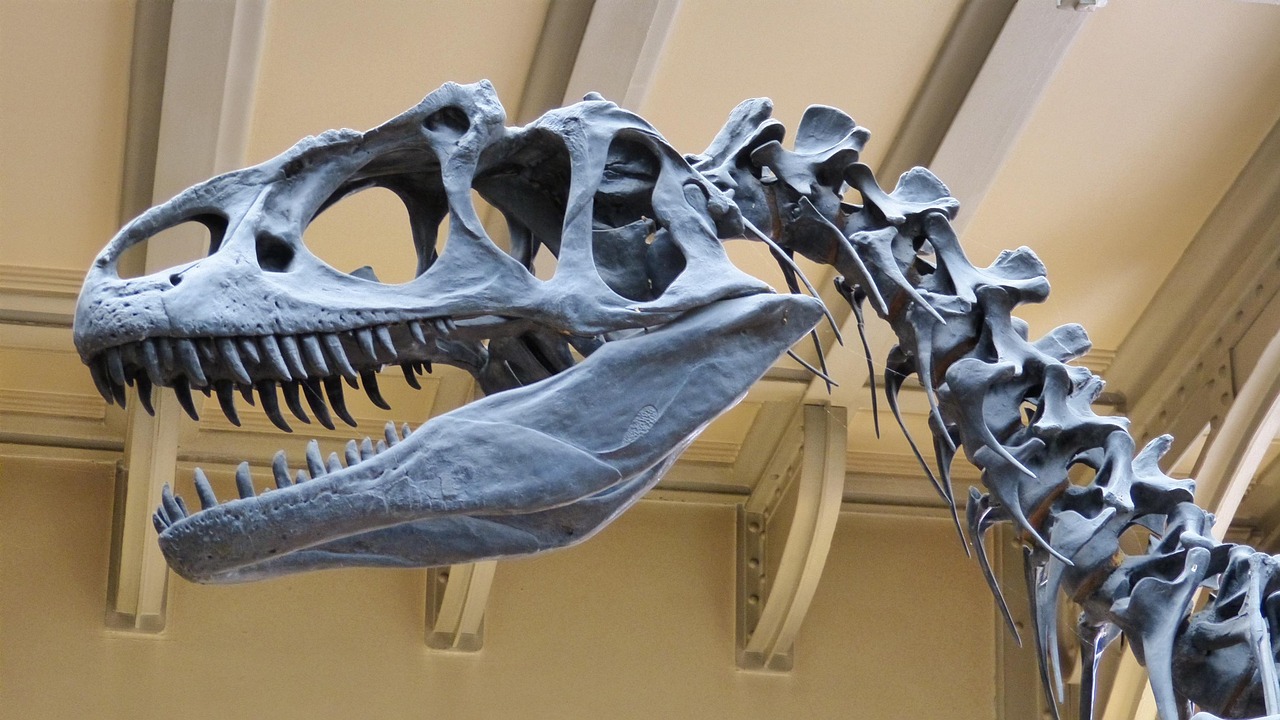
Five times in Earth’s history, life has faced near-total annihilation. These mass extinctions wiped out 75% or more of all species, but they also created opportunities for survivors to evolve into new forms. The most famous is the asteroid impact that ended the dinosaurs, but others were even more devastating.
The Permian-Triassic extinction 252 million years ago was so severe it’s called “The Great Dying.” Volcanic eruptions in Siberia lasted for thousands of years, poisoning the atmosphere and oceans with toxic gases. Ocean temperatures soared, and acidification killed marine life on a massive scale. It was the closest life on Earth has ever come to complete extinction.
Yet these catastrophes also drove evolution forward. Each extinction cleared ecological niches, allowing new groups to diversify and experiment. Without the Permian extinction, dinosaurs might never have evolved. Without the dinosaurs’ extinction, mammals might never have inherited the Earth. These disasters shaped the very trajectory of life on our planet.
Continental Drift: When Continents Played Musical Chairs
The idea that continents move around Earth’s surface once seemed ridiculous, but Alfred Wegener’s theory of continental drift has been spectacularly confirmed. Today we know that Earth’s landmasses have been dancing across the planet’s surface for billions of years, colliding, separating, and reforming in an endless geological ballet.
The evidence is everywhere once you know what to look for. Identical fossils found on continents now separated by vast oceans, matching rock formations that line up perfectly when continents are pushed back together, and glacial deposits in now-tropical regions all tell the same story. The continents were once united in a supercontinent called Pangaea.
This continental motion continues today, driven by convection currents in Earth’s mantle. The Atlantic Ocean is still growing as Europe and North America drift apart, while the Pacific is shrinking as tectonic plates collide. Mountain ranges like the Himalayas are still rising as India continues its slow-motion collision with Asia. The ground beneath our feet isn’t as solid as we think.
Amber: Nature’s Perfect Time Capsules
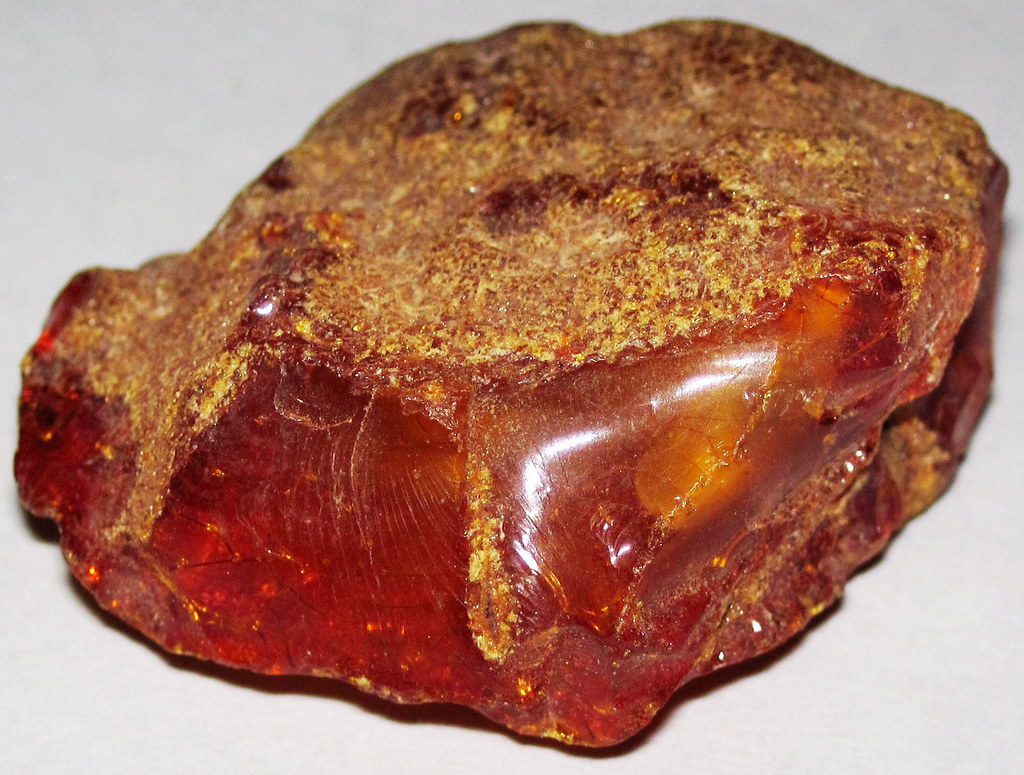
Trapped in golden amber-like scenes from Jurassic Park, ancient insects, plants, and even small vertebrates have been preserved in perfect detail for millions of years. These aren’t just pretty museum pieces – they’re windows into ancient ecosystems that would otherwise be lost forever. The resin that became amber captured not just individual organisms but entire moments in time.
Dominican amber has yielded frogs, lizards, and even feathers from prehistoric birds, all preserved with cellular detail that rivals modern specimens. Scientists can examine their internal organs, see the colors of their wings, and even extract ancient DNA. It’s like having a time machine that captures life in action rather than just leaving behind fossilized bones.
These amber fossils have revealed that many modern insect behaviors are incredibly ancient. Ants farming fungus, bees collecting pollen, and spiders spinning webs – all of these behaviors have been preserved in amber for tens of millions of years. Life’s fundamental patterns have remained remarkably consistent across time.
Ice Cores: Earth’s Climate Diary
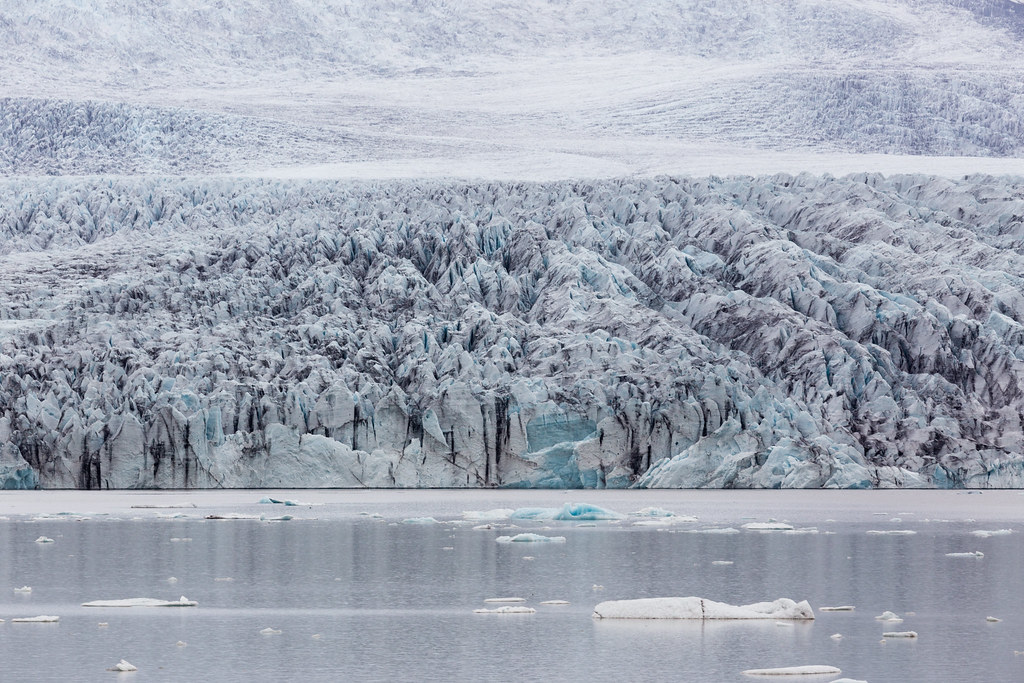
Deep beneath the ice sheets of Greenland and Antarctica lies a detailed record of Earth’s climate history, preserved in annual layers of ice that stretch back hundreds of thousands of years. Each layer contains trapped air bubbles that preserve the ancient atmosphere, telling us exactly what the air was like when that ice first formed.
These ice cores reveal that Earth’s climate has never been stable. Ice ages come and go with clockwork precision, driven by subtle changes in Earth’s orbit around the sun. But within these longer cycles, the climate has jumped dramatically from one state to another, sometimes in just a few years. It’s like finding Earth’s thermostat tends to get stuck in extreme positions.
The most shocking discovery from ice cores is how quickly climate can change. The end of the last ice age wasn’t gradual – temperatures in Greenland rose by 15 degrees Fahrenheit in just a few decades. These rapid transitions show that Earth’s climate system can flip between stable states with frightening speed when pushed past certain thresholds.
Fossil Fuels: Buried Sunlight from Ancient Forests
Every time you fill up your car or turn on a light, you’re using energy that was captured by plants hundreds of millions of years ago. Coal, oil, and natural gas are the compressed remains of ancient forests and marine organisms, representing millions of years of stored solar energy. This buried carbon tells the story of Earth’s ancient atmospheres and ecosystems.
Coal seams reveal the existence of vast swamp forests that covered much of the planet during the Carboniferous Period. These weren’t just any forests – they were dominated by giant ferns, horsetails, and early trees that had never learned to properly decompose. When they died, they piled up in oxygen-poor swamps where they gradually transformed into coal.
The formation of these vast carbon deposits changed Earth’s climate by removing CO2 from the atmosphere. This led to a global cooling that eventually triggered ice ages. It’s a reminder that life doesn’t just respond to environmental changes – it creates them. The fossil fuels we’re now burning represent one of the largest geological experiments in Earth’s history.
Magnetic Reversals: When North Becomes South
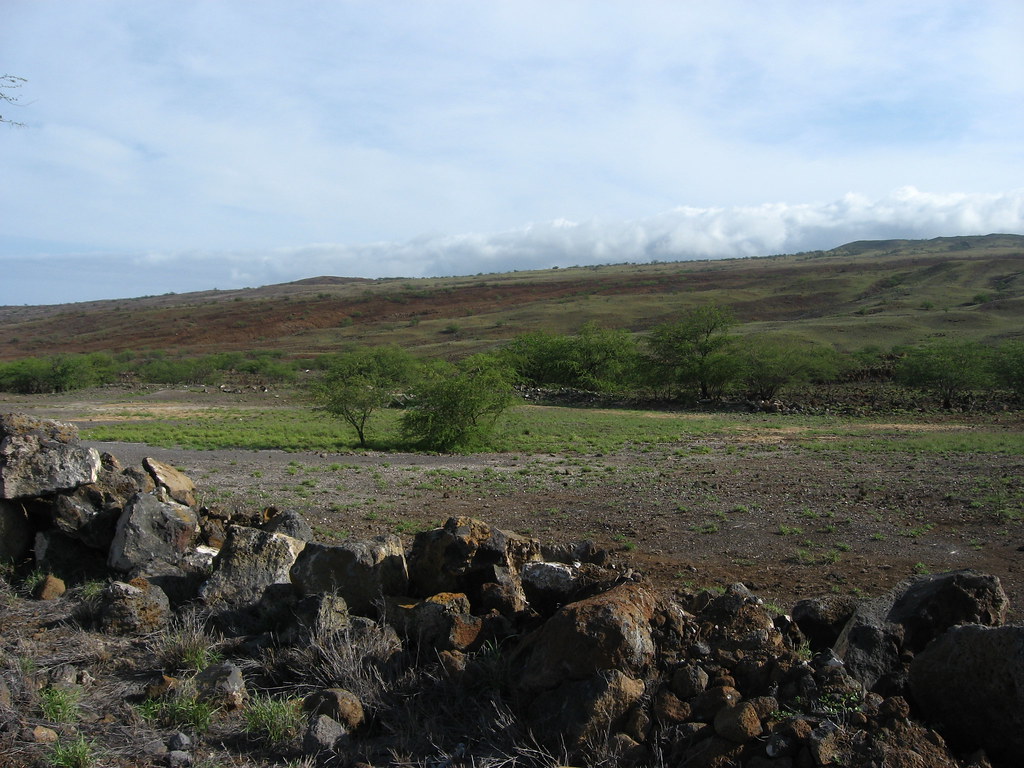
Earth’s magnetic field hasn’t always pointed north – in fact, it regularly flips completely, turning magnetic north into magnetic south. This discovery revolutionized our understanding of Earth’s interior and provided crucial evidence for plate tectonics. The record of these reversals is preserved in rocks around the world, creating a magnetic timeline of Earth’s history.
These reversals happen roughly every 200,000 to 300,000 years, but they’re not predictable. The last reversal occurred 780,000 years ago, and we’re overdue for another one. During the transition period, which can last thousands of years, Earth’s magnetic field weakens and becomes chaotic, potentially exposing life to harmful cosmic radiation.
The discovery of magnetic reversals helped scientists understand that Earth’s core is a dynamic, churning mass of molten iron that generates our planet’s magnetic field. This field acts as a shield, protecting us from the solar wind and cosmic radiation. Without it, Earth’s atmosphere would gradually be stripped away, leaving us as barren as Mars.
Trace Fossils: Footprints in Deep Time
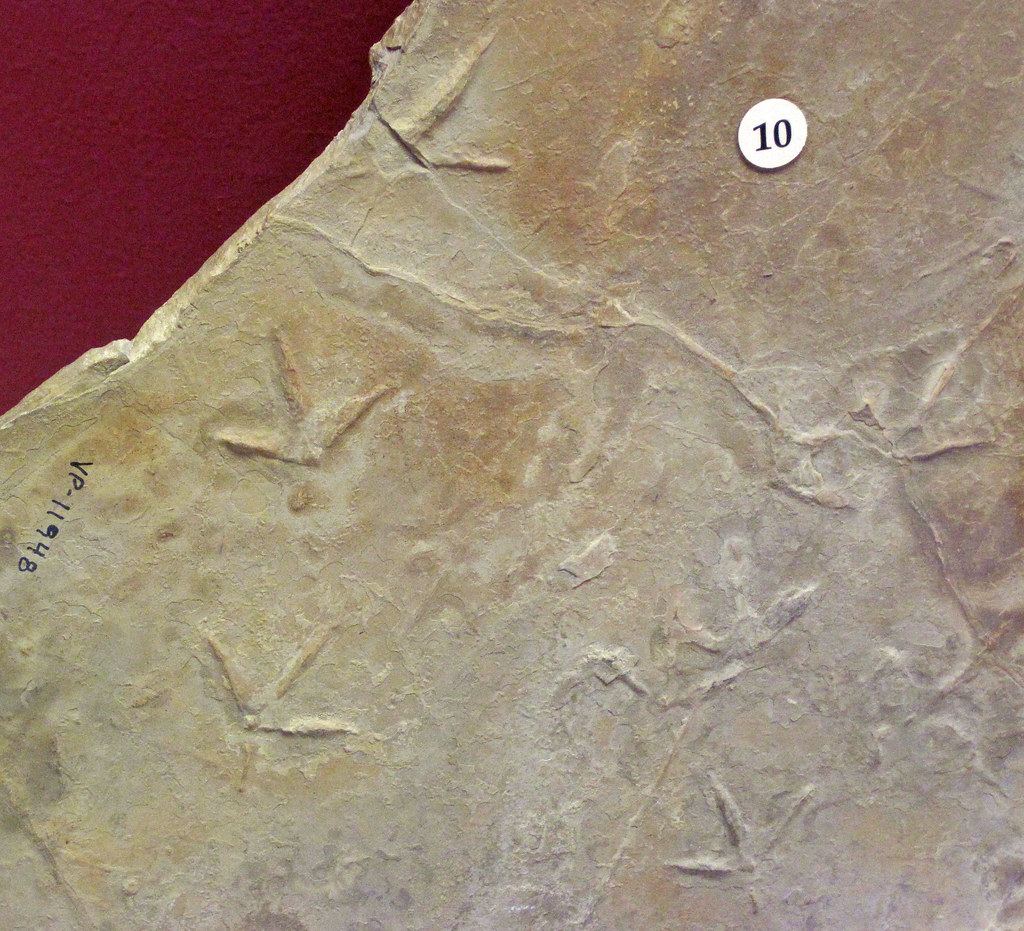
Sometimes the most revealing fossils aren’t bones or shells, but simply traces of ancient behavior. Footprints, burrows, bite marks, and even fossil feces (called coprolites) tell stories that body fossils alone never could. These trace fossils capture life in action, showing us how ancient organisms moved, fed, and interacted with their environment.
The famous Laetoli footprints in Tanzania preserve the tracks of early human ancestors walking across volcanic ash 3.6 million years ago. These prints show not just that our ancestors walked upright, but that they walked together as a group, possibly as a family. It’s an intimate glimpse into the daily life of our ancient relatives.
Trace fossils also reveal the hidden world of ancient ecosystems. Fossilized burrows show how animals engineered their environment, while bite marks on bones reveal predator-prey relationships. Even the pattern of scratches on shells can tell us about ancient feeding behaviors. These traces bring ancient worlds to life in ways that skeletons alone never could.
Molecular Fossils: Chemistry That Outlasts Life
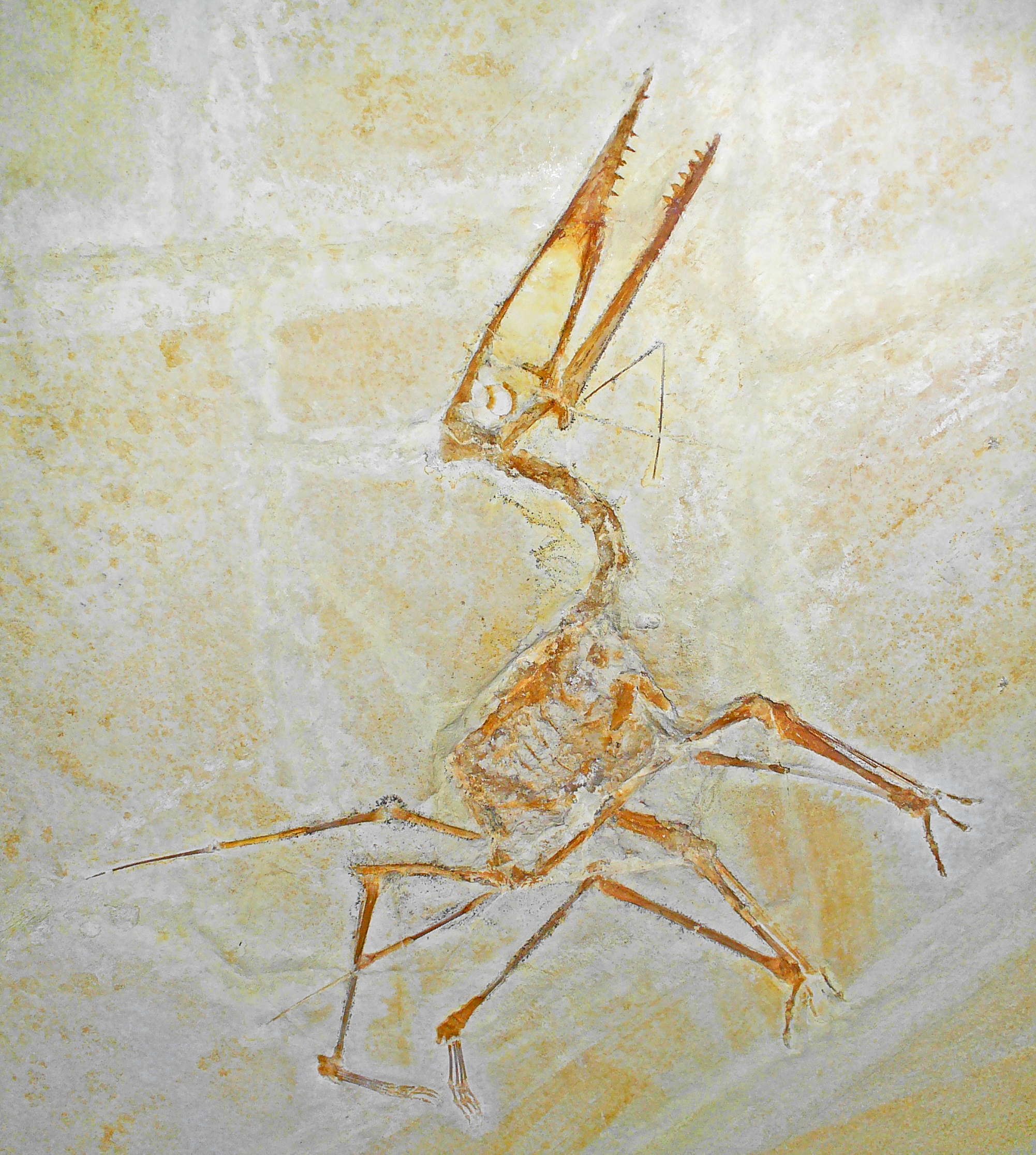
Long after cells decay and bones crumble, some molecules persist in rocks for billions of years. These molecular fossils, or biomarkers, are chemical signatures of ancient life that can be detected in even the oldest rocks. They’re like fingerprints left behind by organisms that lived when Earth was young.
Scientists have found cholesterol-like molecules in rocks 1.6 billion years old, indicating the presence of complex cells with organized membranes. Other molecular fossils reveal the presence of photosynthetic organisms, suggesting that life was using sunlight for energy much earlier than previously thought. These chemical traces push back the timeline of life’s complexity.
Perhaps most remarkably, molecular fossils can sometimes tell us about organisms that left no other trace. Soft-bodied creatures that would never fossilize normally can still be detected through their unique chemical signatures. It’s like finding ghosts in the geological record, proving that life was far more diverse and complex in the distant past than we ever imagined.
Impact Craters: Cosmic Catastrophes That Shaped Life
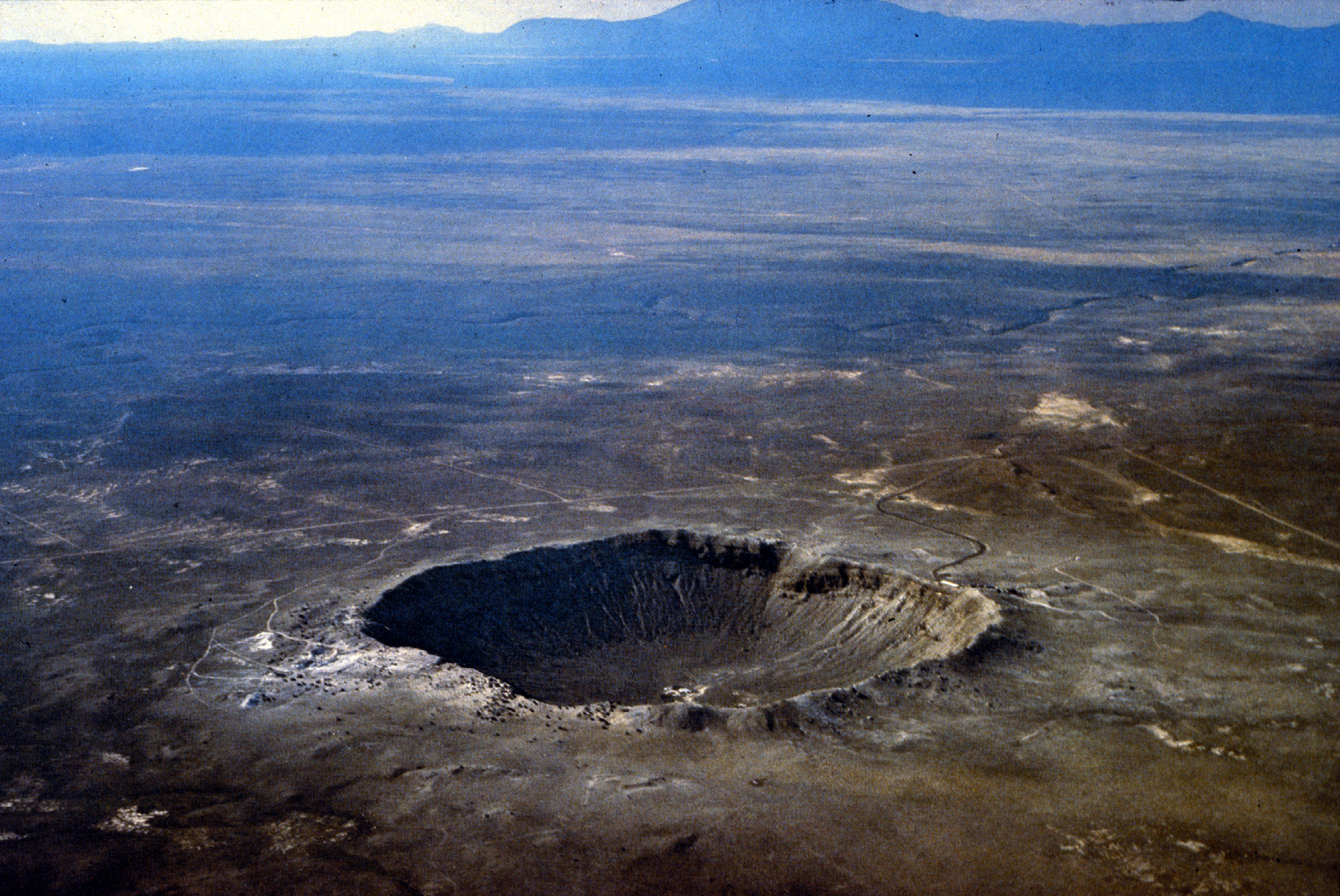
Earth’s surface bears the scars of countless cosmic impacts, from tiny meteorites to massive asteroids that changed the course of evolution. These impact craters aren’t just holes in the ground – they’re evidence of the violent cosmic environment that has shaped our planet’s history. Every impact tells a story of destruction and renewal.
The Chicxulub crater in Mexico represents the most famous impact, the one that ended the dinosaurs’ reign 66 million years ago. But it wasn’t just destruction – this impact cleared the way for mammals to diversify and eventually led to the rise of human civilization. The very catastrophe that ended one chapter of life’s story began another.
Earlier impacts were even more significant. The Late Heavy Bombardment 3.8 billion years ago may have sterilized Earth’s surface multiple times, forcing life to repeatedly restart from deep underground refugia. Some scientists believe these impacts brought the water and organic compounds that made life possible, turning cosmic catastrophes into cosmic gifts.
Living Fossils: Time Travelers in Our Modern World

Some organisms have remained virtually unchanged for hundreds of millions of years, serving as living links to Earth’s ancient past. These “living fossils” include creatures like the coelacanth, thought extinct for 66 million years until rediscovered in 1938, and the horseshoe crab, which has remained essentially unchanged for 450 million years.
These survivors offer unique insights into ancient life because we can study their living biology, not just their fossilized remains. The nautilus, for example, shows us how the extinct ammonites might have lived and moved through ancient seas. Its simple eye design and jet propulsion system are ancient innovations that still work perfectly today.
Living fossils also reveal the power of evolutionary conservation. When a design works well, evolution tends to preserve it. The basic body plan of sharks has remained successful for over 400 million years, while horseshoe crabs have survived multiple mass extinctions by perfecting their simple but effective lifestyle. Sometimes the old ways are still the best.
The Deep Past Shapes Our Future
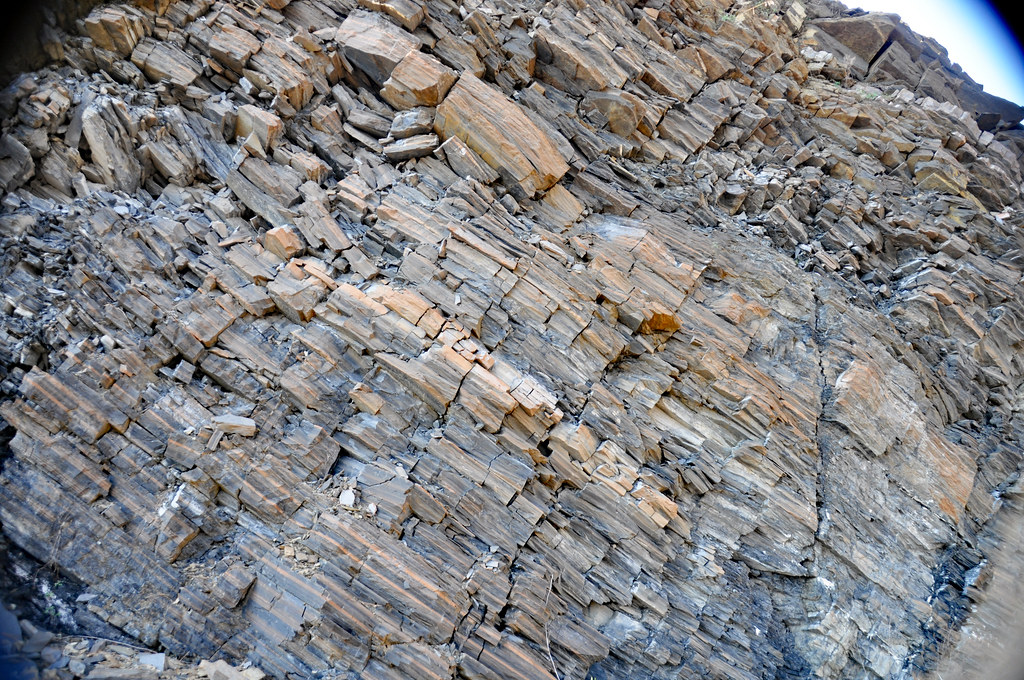
These ancient clues don’t just tell us about the past – they’re warnings and guideposts for our future. The patterns of climate change preserved in ice cores and rock formations show us how Earth’s systems respond to environmental stress. The history of mass extinctions reveals the fragility of life and the importance of biodiversity.
Perhaps most importantly, these discoveries remind us that change is the only constant in Earth’s history. Species that seemed invincible have vanished, while humble organisms have inherited the Earth. Continents have moved, climates have shifted, and life has repeatedly reinvented itself. We’re not just observers of this process – we’re active participants in it.
Understanding Earth’s deep past gives us perspective on our place in the grand sweep of planetary history. We’re part of an ongoing story that began billions of years ago and will continue long after we’re gone. The question isn’t whether change will come – it’s how we’ll adapt to it. What would our descendants think if they found our fossilized remains millions of years from now?

